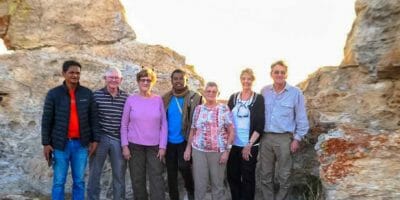With the aim of promoting sustainable blue ecotourism, Madagascar has implemented interministerial decree n°33626/2023 of December 20, 2023, signed by the Ministry of Tourism and
Crafts, the Ministry of Fisheries and the Blue Economy, as well as the Ministry of the Environment and Sustainable Development.
This decree sets out the various provisions and regulations to be respected by any boater and nautical operator carrying out marine megafauna observation activities in Madagascar. Since the beginning of the 2000s, a sustainable whaling ecotourism model has been developed in Madagascar, which has today become the reference in the south-west zone of the Indian Ocean, thanks to the application of the regulations in force. .
The interministerial decree of December 20, 2023 applies to all marine megafauna: marine mammals (baleen whales, toothed whales and delphinids), “whale shark” fish and marine turtles. This decree is popularized through observation charters by Cétamada and Madagascar Whale Shark Project, two non-profit institutions working
respectively in the conservation of marine mammals and whale sharks in Madagascar. These charters summarize the code of good conduct extracted from the decree in order to guarantee respectful observations of these species in their natural habitat.
The Big Island is in fact one of the main tourist destinations for observing marine megafauna with more than 40 species living along the 5,600 km of Malagasy coastline. Their presence is not only an indicator of the health of the oceans, but also an important lever of economic development for the local community, particularly through commercial observation activities in their natural environments. Thousands of tourists go to Madagascar every year to discover this nature preserved from mass tourism. The beautiful shows offered by humpback whales during the breeding period (from June to October), for example, make Sainte Marie Island a real hotspot for observing these giants of the seas. The island of Nosy Be is, for its part, a very privileged site thanks to the whale sharks which come to feed there on the surface between September and December. Nosy Be and its surrounding islands are also well known for being nesting and feeding sites for several species of sea turtles. These different species of marine megafauna constitute a unique natural heritage for Madagascar.
Thanks to the commitments of the three Ministries concerned and civil society, Madagascar currently has the possibility of ensuring the preservation of these emblematic species, while offering
quality ecotourism that respects the environment.











